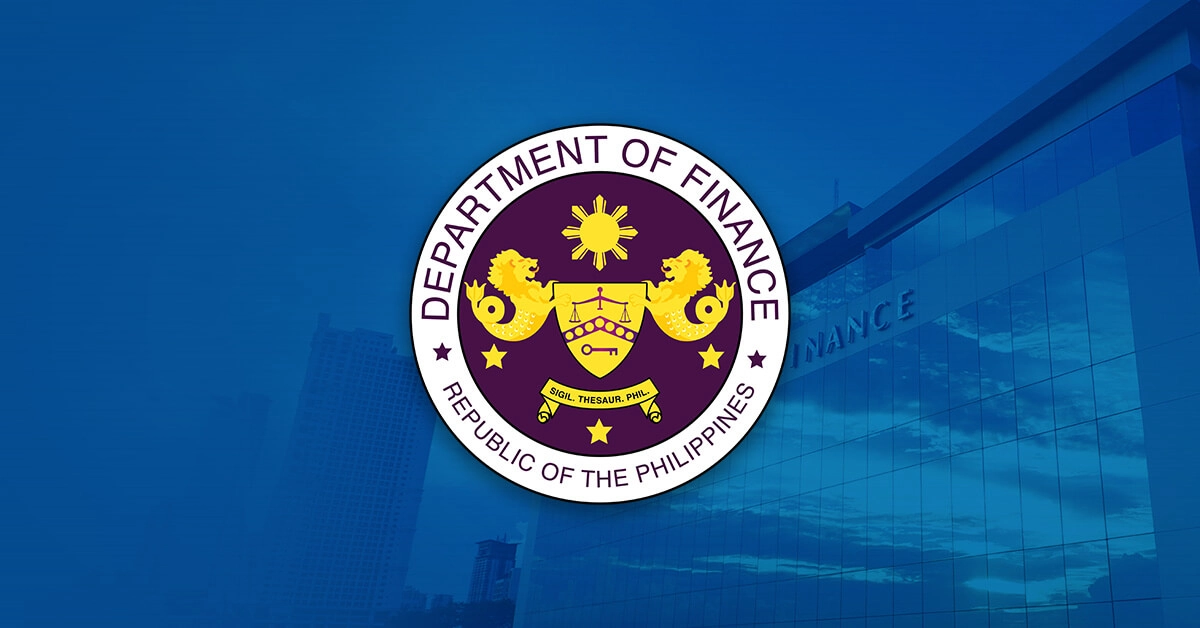Finance Secretary Ralph G. Recto has welcomed the continued drop in inflation to 1.3% in May 2025—the lowest since November 2019—noting it as a major relief for Filipino families, particularly the bottom 30% income households who saw no increase in prices for the month.
This brought the average year-to-date headline inflation to 1.9%, well below the target range of 2% to 4%. For low-income households, year-to-date inflation is even lower at 1.0%, as interventions to address the rise in food prices take effect.
“This is a very encouraging development and a clear sign that the Marcos, Jr. administration’s efforts to stabilize food prices and improve supply chains are paying off, especially for our most vulnerable sectors,” the Finance Chief said.
“The President is on top of ensuring that we sustain this downward trend. Hindi kami kailanman magiging kampante. Patuloy ang aming pagbabantay sa mga maaaring pagmulan ng pagtaas ng bilihin—lalo na ngayon na may nakikita tayong pagtaas sa presyo ng karneng baboy. We are ensuring that this will be reversed through adequate supply of pork and continued rollout of the African swine fever vaccine,” he added.
The downtrend in the overall inflation in May 2025 was primarily driven by the slower increase in the prices of housing, water, electricity, gas, and other fuels (2.3% in May 2025 from 2.9% in April 2025).
Electricity prices showed a slower increase this month due to lower prices in the Wholesale Electricity Spot Market (WESM). Moreover, major water concessionaires have already adjusted their rates in April.
Also contributing to the downtrend were the restaurant and accommodation services (2.0% from 2.3%) due to the continued drop in prices of certain food items such as rice and corn, as well as transportation (-2.4% from -2.1%) on the back of lower gasoline and diesel prices.
Food inflation remained low at 0.7% in May 2025, significantly below the 6.1% recorded in the same month last year.
In particular, rice prices continued their significant improvements, recording a fifth straight month of disinflation that began in January of this year.
Rice prices contracted by 12.8% year-on-year (yoy) in May 2025, a huge reversal from a rice inflation rate of 23.0% a year ago, and were better than the -10.9% in the previous month.
The government’s proactive steps, including the implementation of Executive Order (EO) No. 62 in July 2025 and the reduction of the maximum suggested retail price (MSRP) for imported rice to PHP 45/kg starting last March, have effectively supported this encouraging development.
Despite the lower-than-expected inflation, the economic team remains vigilant of the upward price pressures of some food items, particularly pork and fish.
Whole-of-government interventions to protect low-income households
To sustain the inflation’s downward trend, the Marcos, Jr. administration is implementing more programs to ensure the availability of affordable food in the local market.
The government recently launched the “Benteng Bigas, Meron Na!” (BBM Na!) to improve access to affordable rice by offering PHP 20/kg milled rice to the members of vulnerable groups such as the 4Ps beneficiaries, senior citizens, persons with disabilities, and single parents.
The affordable rice will be available in KADIWA outlets and accredited small businesses in areas with high poverty rates. Subsidies through electronic vouchers will also be provided to food-insecure households, which aims to combat undernutrition among families.
To ensure the stable supply of pork, short-term measures include African Swine Fever (ASF) containment and plans for a nationwide ASF vaccination rollout. The Department of Agriculture (DA) is also investing in livestock recovery, targeting swine repopulation, biosecurity, and enterprise development.
Meanwhile, fisherfolk in the West Philippine Sea will be supported through the KADIWA ng Bagong Bayaning Mangingisda (KBBM) Program, which involves the government’s purchase of local fishermen’s catch while also providing subsidies for fuel and rice.
Additionally, fish import permits will be extended until June 2025 to augment the local supply.
Furthermore, President Marcos, Jr. directed the Regional Tripartite Wages and Productivity Boards (RTWPBs) to review and adjust minimum wages in their respective regions to align wage adjustments with regional economic conditions, ensuring that increases are fair and responsive to the needs of workers while balancing the interests of employers.
The Marcos, Jr. administration will continue to ensure that the needs and concerns, especially of low-income families, are addressed in an efficient and timely manner.




